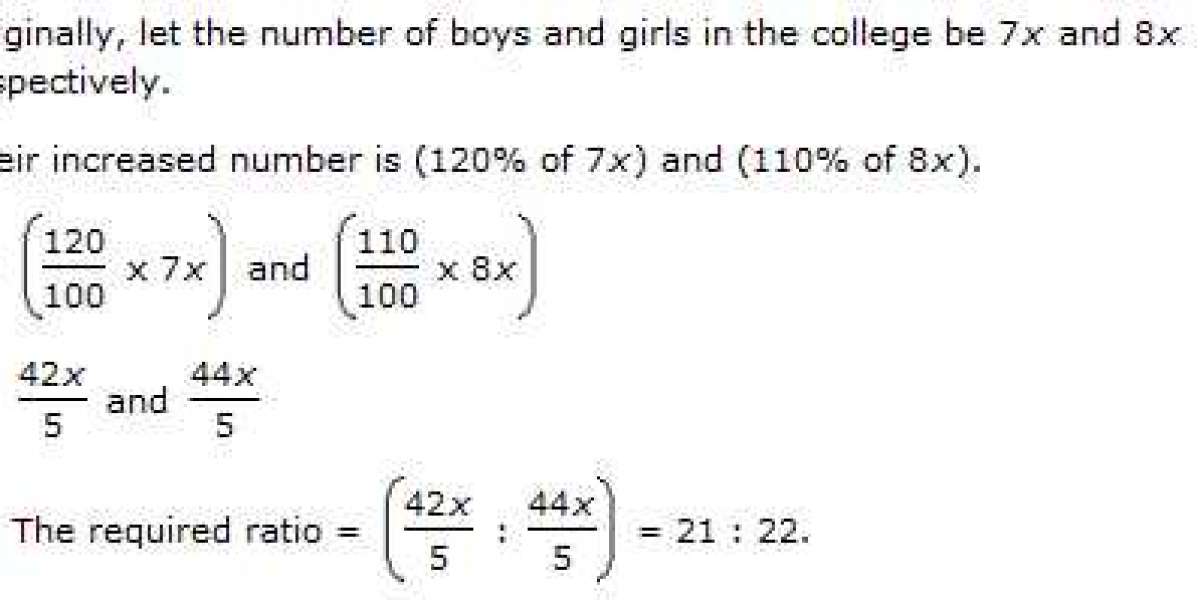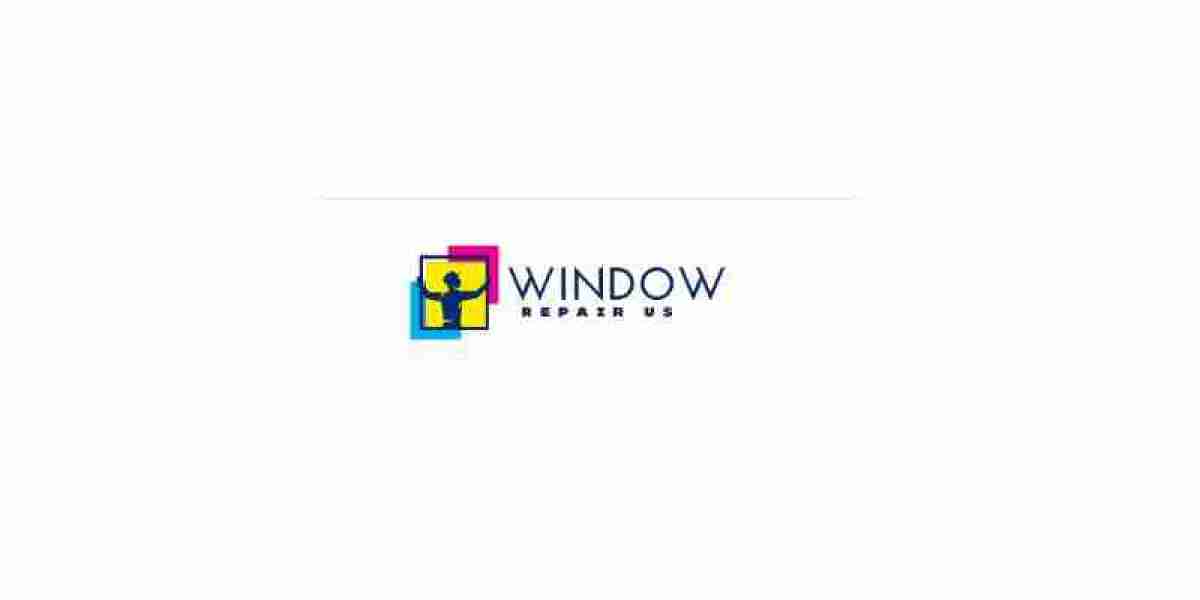Home loans, or mortgages, are loans taken out specifically to purchase property. Given the significant costs involved, most buyers rely on home loan borrowing services to make homeownership attainable. These services connect borrowers with lenders, guide them through the application process, and provide tailored loan options. Understanding these services is crucial, as selecting the right mortgage can greatly impact financial stability and future growth.
2. What Are Home Loan Borrowing Services?
Home Loan borrowing services are institutions or intermediaries that facilitate the lending process between a borrower and a lender. These services include banks, credit unions, mortgage brokers, and online lenders. While banks and credit unions offer direct financing, mortgage brokers act as middlemen, providing access to multiple lenders to help borrowers find competitive rates. These services simplify the home-buying journey, helping borrowers choose a mortgage that aligns with their financial goals.
3. Types of Home Loans Available
Different types of home loans are available to cater to diverse financial needs and circumstances:
Fixed-Rate Mortgages: This mortgage has a constant interest rate for the life of the loan, providing predictable monthly payments. Fixed-rate loans are ideal for those who plan to stay in their home long-term.
Variable/Adjustable-Rate Mortgages (ARMs): The interest rate on an ARM changes periodically, usually after an initial fixed-rate period. ARMs can offer lower initial rates but carry the risk of increased payments if rates rise.
Interest-Only Loans: Borrowers only pay the interest for a set period, typically followed by larger payments on the principal. These loans can be beneficial for those expecting an increase in income but carry a risk if the principal payments become unaffordable.
Government-Backed Loans: Programs like FHA, VA, and USDA loans offer affordable rates for qualified buyers. These loans often have lower down payment requirements, making them accessible to first-time homebuyers and veterans.
Jumbo Loans: For high-priced properties, jumbo loans exceed the limits of conventional loans and come with higher interest rates and stricter requirements.
4. How to Qualify for a Home Loan
To qualify for a mortgage, borrowers must meet certain financial criteria:
Credit Score Requirements: A higher credit score can improve loan terms and eligibility. Generally, a score of 620 or higher is preferred, though some programs accept lower scores.
Income and Employment Verification: Lenders look for stable, verifiable income to ensure borrowers can meet monthly payments. This is verified through income documents like W-2s, tax returns, and pay stubs.
Debt-to-Income (DTI) Ratio: DTI represents the ratio of a borrower’s monthly debts to gross income. Most lenders prefer a DTI under 43%, though lower ratios are often more favorable.
Down Payment Considerations: Conventional loans often require a down payment of 10-20%. Some government loans accept as little as 3-5%, but a higher down payment generally means better loan terms.
5. The Application Process for Home Loans
The mortgage application process involves several steps:
- Prepare Documentation: Collect financial documents such as tax returns, pay stubs, and bank statements.
- Apply for Pre-Approval: Pre-approval is a lender's preliminary commitment to provide a loan, indicating your price range.
- Choose a Lender: Compare lenders based on rates, terms, and reputation.
- Submit a Full Application: Complete the lender’s formal application and undergo a credit and financial review.
- Final Approval and Closing: Upon approval, a closing process is scheduled to finalize the loan and transfer the property.
6. How to Choose the Right Home Loan Service Provider
Selecting the right loan provider is as important as finding the right property. Consider these factors:
Comparing Lenders and Brokers: Direct lenders like banks offer loans directly, while brokers help you access multiple lenders. Brokers may help in finding better rates, but their services may come with additional fees.
Interest Rates and Loan Terms: Compare interest rates, loan terms, and repayment options. The lowest rate isn’t always the best choice if the terms are unfavorable.
Reputation and Customer Service: A reputable lender with good customer service can make the process smoother and offer support if issues arise.
Fees and Closing Costs: Consider additional costs like origination fees, processing fees, and closing costs. Ensure you understand each fee to avoid hidden charges.
7. Understanding Mortgage Rates and How They’re Determined
Mortgage rates are influenced by various factors, including:
- Market Conditions: Interest rates fluctuate based on economic conditions, inflation, and the Federal Reserve’s decisions.
- Loan Type and Term: Fixed-rate loans typically have higher rates than ARMs, while shorter terms (15 years) may have lower rates than longer terms (30 years).
- Borrower’s Financial Profile: Credit scores, down payment amount, and DTI all impact the interest rate offered to borrowers.
8. Mistakes to Avoid When Borrowing for a Home Loan
Common mistakes can lead to financial strain. Avoid these pitfalls:
- Ignoring Hidden Fees: Some lenders have hidden fees that add to the cost. Always read the fine print.
- Focusing Solely on Interest Rates: Lower rates may come with higher fees or unfavorable terms. Balance interest rates with other loan factors.
- Overborrowing: Borrowing more than you can afford can lead to future financial stress. Stick to a budget that considers future expenses.
9. Tips for Securing the Best Home Loan Deal
Consider these strategies to secure favorable loan terms:
- Improve Credit Score Before Applying: Pay off outstanding debt and make timely payments to boost your credit score.
- Save for a Larger Down Payment: A higher down payment may reduce monthly payments and result in better loan terms.
- Shop Around and Compare Lenders: Getting quotes from multiple lenders can help you find the best rate and terms.
- Consider Locking in Your Interest Rate: Locking your rate can protect you if interest rates rise before closing.
10. The Role of a Mortgage Broker in Home Loan Borrowing
A mortgage broker can help streamline the process by finding loan options tailored to your financial profile. They work with multiple lenders to help you find competitive rates and can save time by handling much of the paperwork. However, brokers may charge fees, so it’s essential to evaluate if the service aligns with your needs and budget.
11. When to Refinance a Home Loan
Refinancing can lower monthly payments, reduce the loan term, or provide cash access. Consider refinancing when:
- Interest rates have dropped significantly.
- Your credit score has improved, allowing for better loan terms.
- You need to switch from an adjustable-rate to a fixed-rate mortgage to avoid rate increases.
12. Conclusion: Planning for a Successful Home Purchase
Securing the right home loan is a critical step toward successful homeownership. By understanding loan options, comparing lenders, and avoiding common mistakes, you can make informed choices that lead to financial stability. Remember, purchasing a home is not only an investment in property but also a commitment to careful financial planning.














